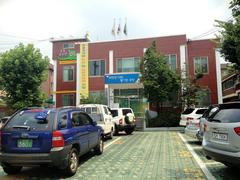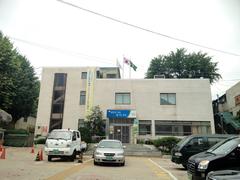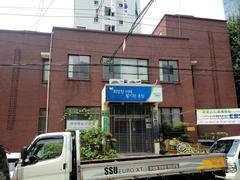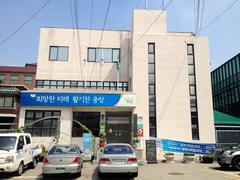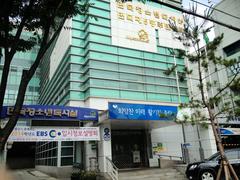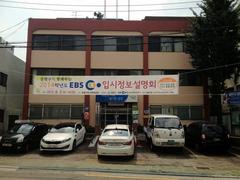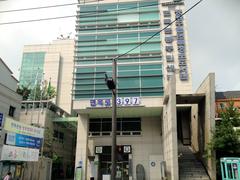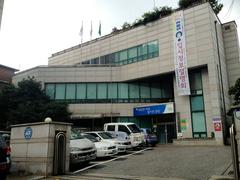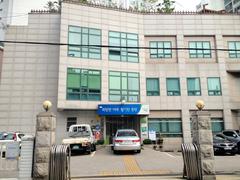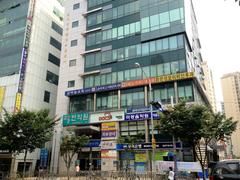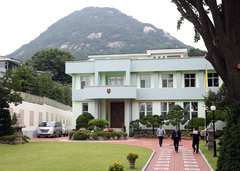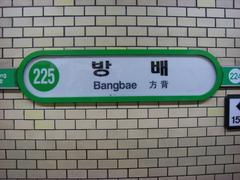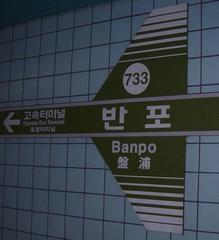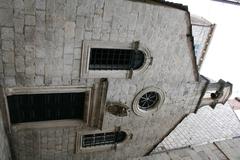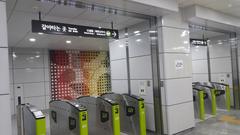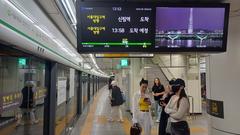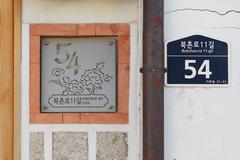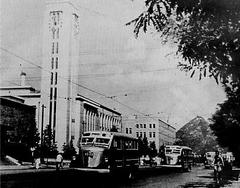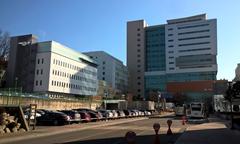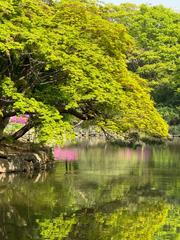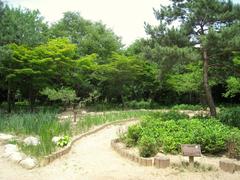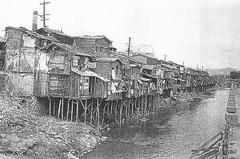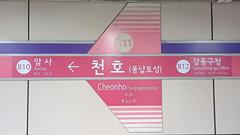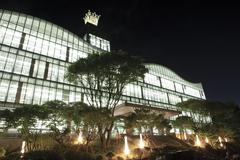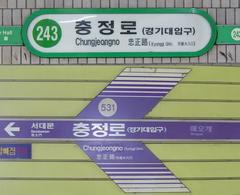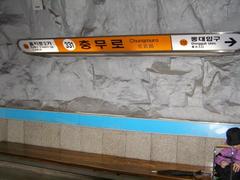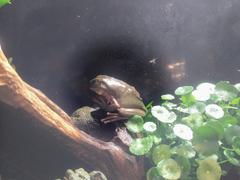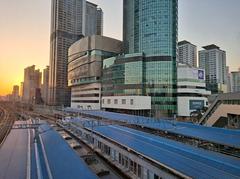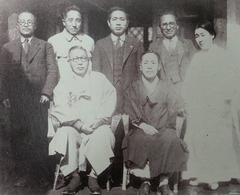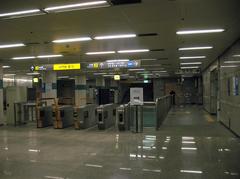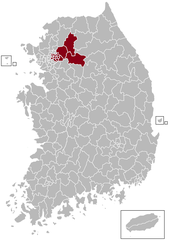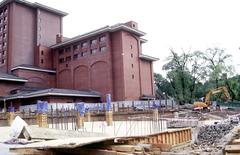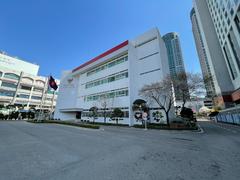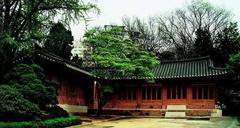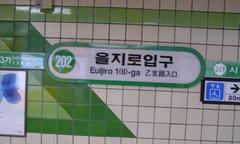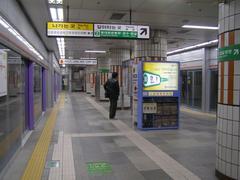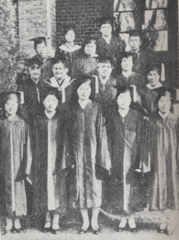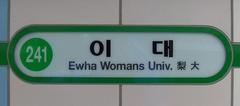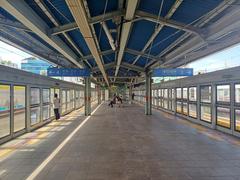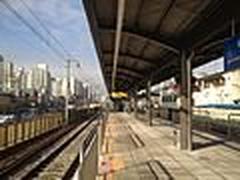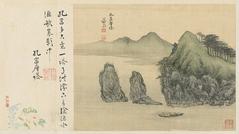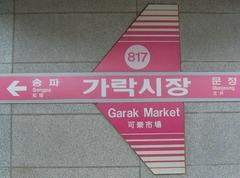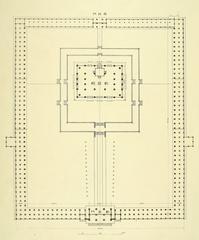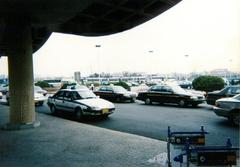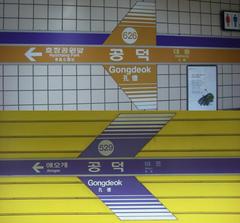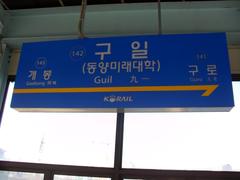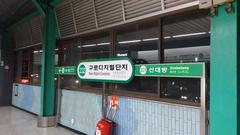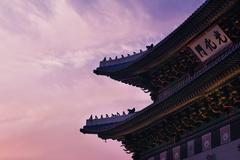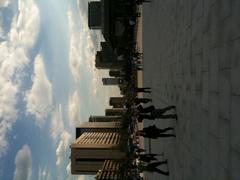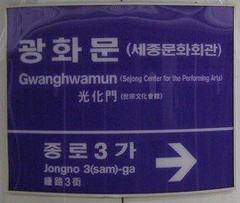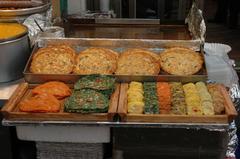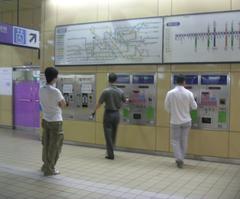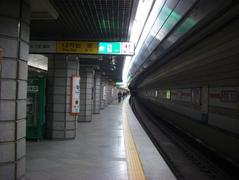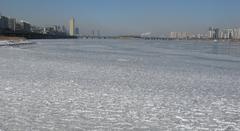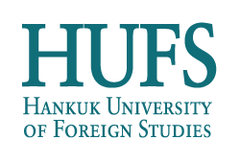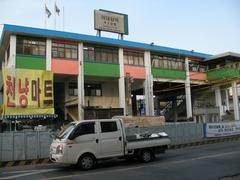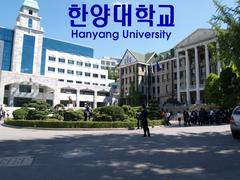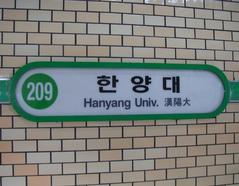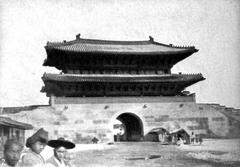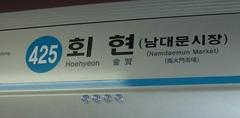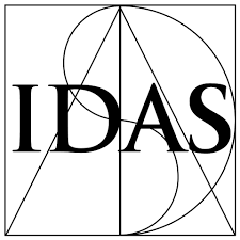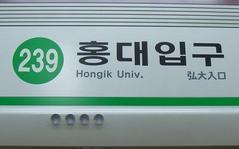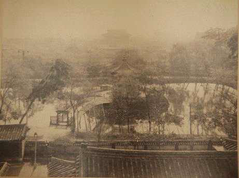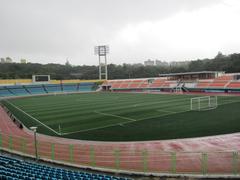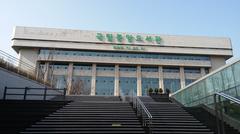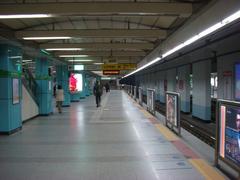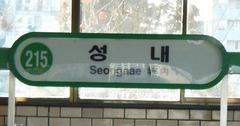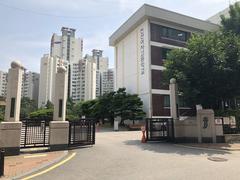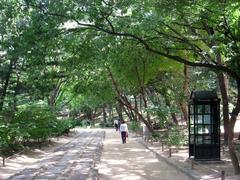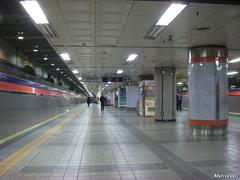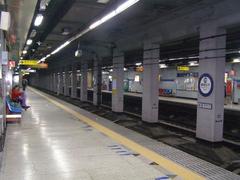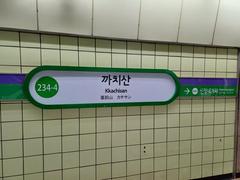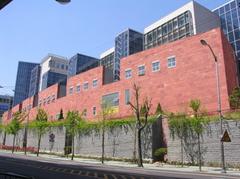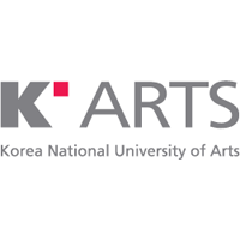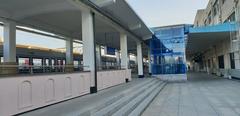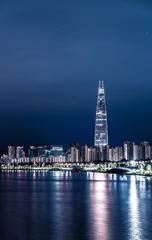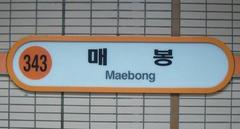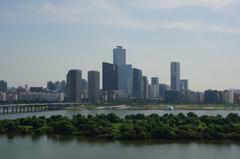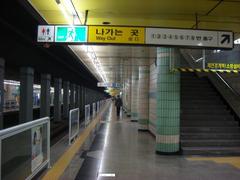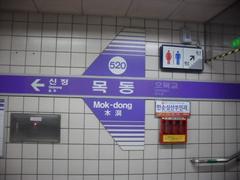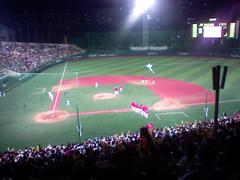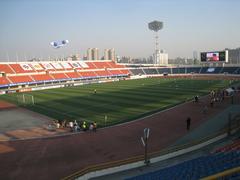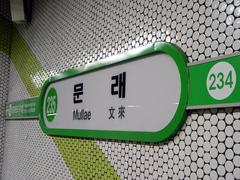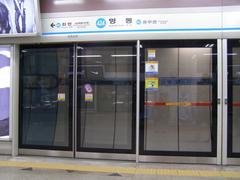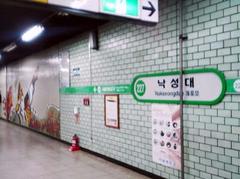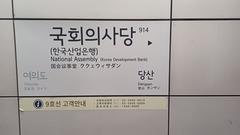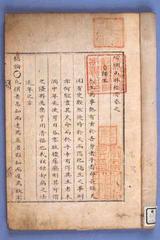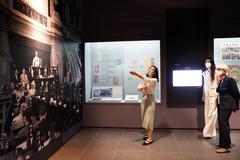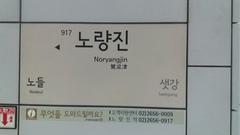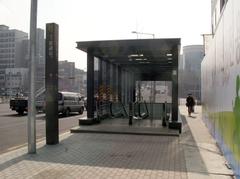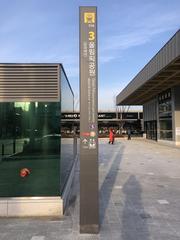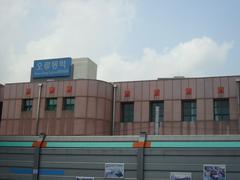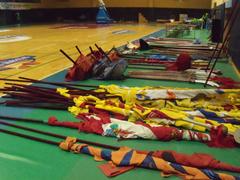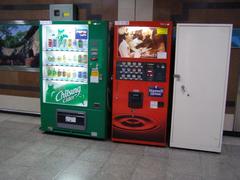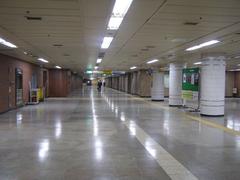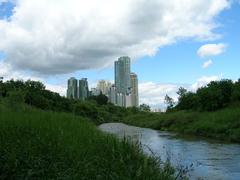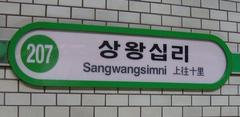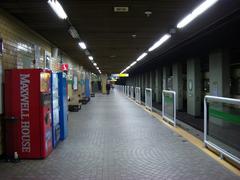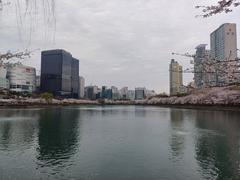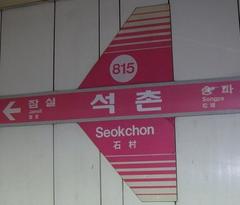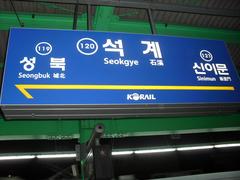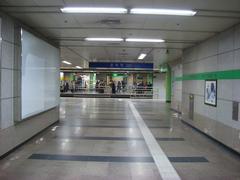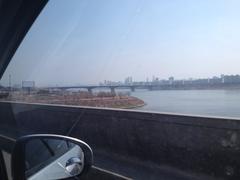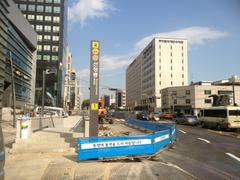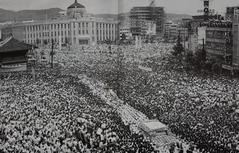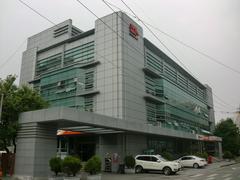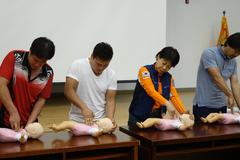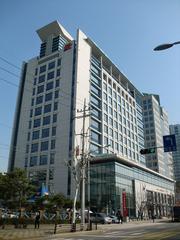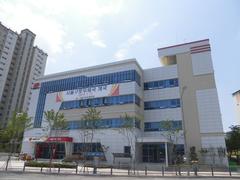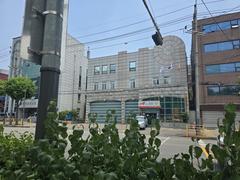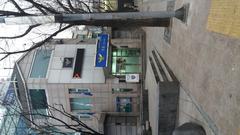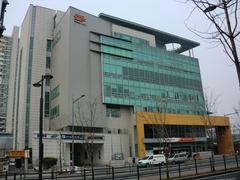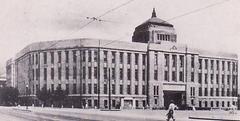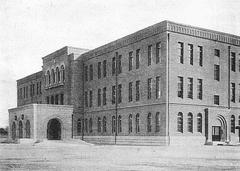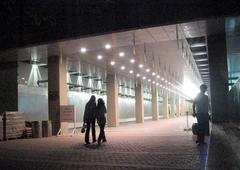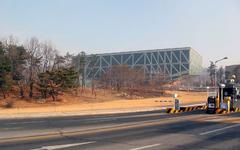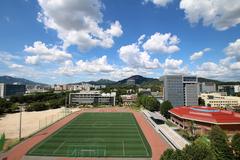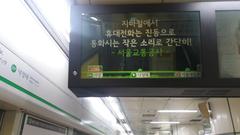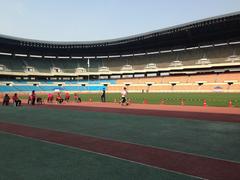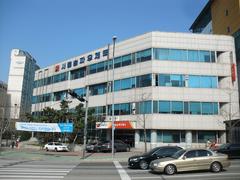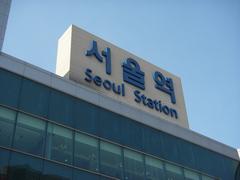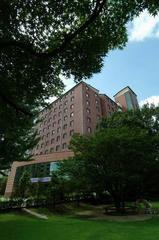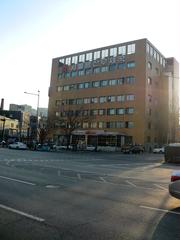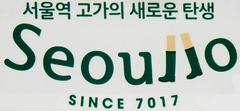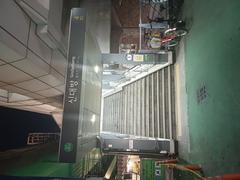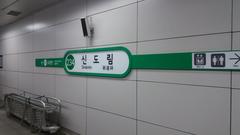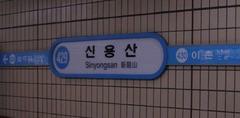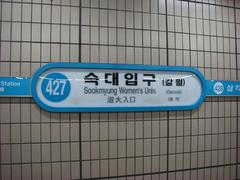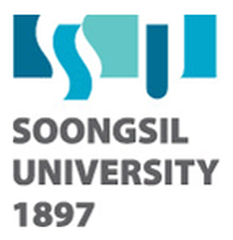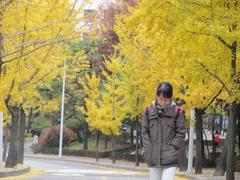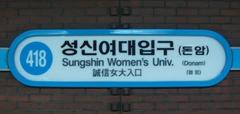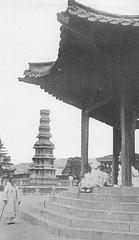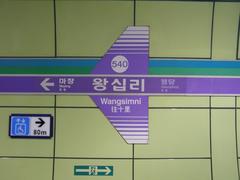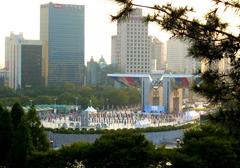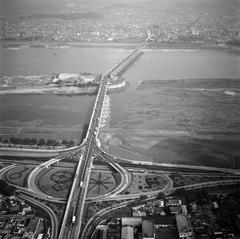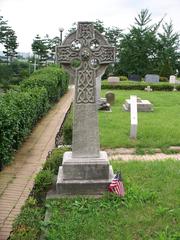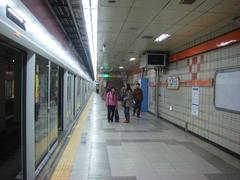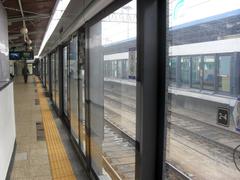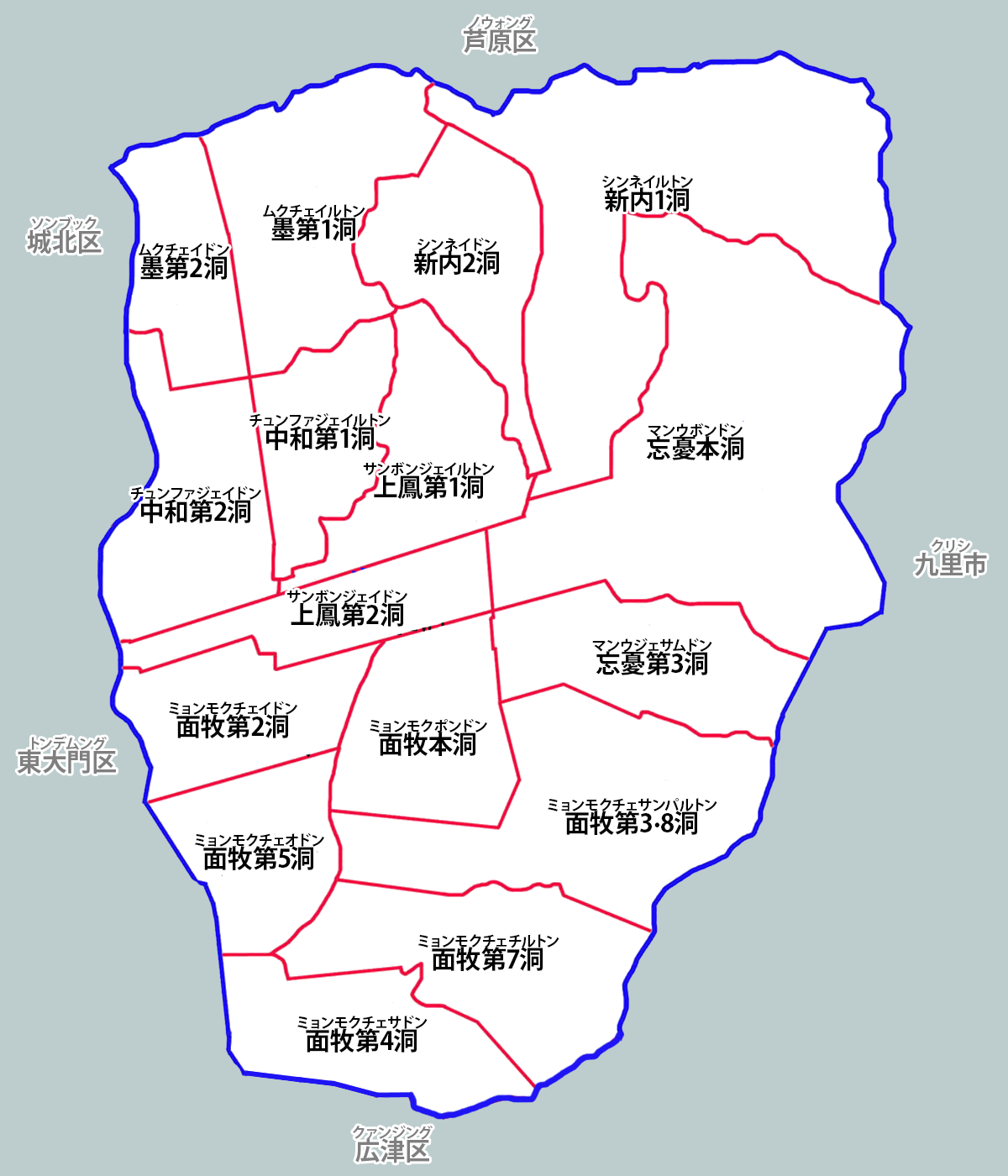
Comprehensive Guide to Visiting Jungnangcheon Riverside Park, Seoul, South Korea
Date: 19/07/2024
Introduction
Jungnangcheon Stream Park, known as 중랑천둔치 in Korean, is a prime example of Seoul’s dedication to urban renewal and environmental restoration. This picturesque park, which was once a polluted industrial drain, has been transformed through extensive efforts into a vibrant green space that offers a multitude of recreational opportunities for both locals and tourists. The revitalization of the stream and its surrounding areas underscores the city’s commitment to improving quality of life and fostering community engagement. Today, Jungnangcheon Stream Park stands as a testament to the power of environmental consciousness and urban planning, drawing visitors with its lush landscapes, historical significance, and cultural attractions. For those seeking a serene escape within the bustling metropolis of Seoul, this guide provides comprehensive information on visiting Jungnangcheon Stream Park, including its history, significance, visitor tips, and the best times to explore its natural and cultural offerings.
Table of Contents
- Introduction
- From Industrial Drain to Urban Oasis
- A Symbol of Successful Urban Renewal
- Significance for Seoul and its People
- Visitor Information and Tips
- Parks and Natural Spaces
- Cultural and Historical Sites
- Bridges
- Markets and Shopping
- Festivals and Events
- Getting There and Around
- Accessibility
- FAQ
- Conclusion
From Industrial Drain to Urban Oasis
The history of Jungnangcheon Stream is closely intertwined with Seoul’s industrial development. During the rapid urbanization of the 1960s and 70s, the stream became heavily polluted as factories discharged waste into its waters. The once-pristine waterway, which had served as a source of life and irrigation for centuries, transformed into an environmental hazard, emanating foul odors and posing health risks.
However, the late 20th century marked a turning point. Growing environmental awareness and a desire to improve the urban environment spurred the Seoul Metropolitan Government to initiate a large-scale restoration project in the 1990s. This ambitious undertaking involved extensive dredging to remove accumulated sediment and industrial waste, as well as the implementation of wastewater treatment facilities to improve water quality.
A Symbol of Successful Urban Renewal
The transformation of Jungnangcheon Stream is a remarkable success story in urban renewal. Today, the stream flows clean and clear, attracting diverse flora and fauna back to its banks. The surrounding parkland, once barren and neglected, now flourishes with lush greenery, vibrant flowerbeds, and walking paths that wind through this revitalized urban oasis.
Significance for Seoul and its People
Jungnangcheon Stream Park holds immense significance for Seoul and its residents on multiple levels:
- Environmental Restoration: The park stands as a powerful symbol of successful ecological restoration, demonstrating the positive impact of dedicated environmental initiatives. Its revitalization serves as a model for other cities grappling with similar challenges of urban pollution and ecological degradation.
- Improved Quality of Life: The park provides a much-needed green lung within the bustling metropolis, offering residents a space for recreation, relaxation, and connection with nature. Its existence contributes significantly to the overall well-being and quality of life for Seoul’s citizens.
- Community Hub: Jungnangcheon Stream Park has become a beloved gathering place for people of all ages and backgrounds. It hosts various community events, festivals, and recreational activities throughout the year, fostering a sense of community and shared ownership of this valuable public space.
- Tourist Attraction: The park’s beauty and accessibility have made it a popular destination for both locals and tourists. Visitors can enjoy leisurely walks, bike rides, or simply relax by the water’s edge, experiencing a different side of Seoul’s urban landscape.
Visitor Information and Tips
- Visiting Hours: Jungnangcheon Stream Park is open 24 hours a day, making it accessible for early morning jogs or late-night strolls.
- Admission Fees: There is no charge to enter the park.
- Getting There: The park is easily accessible by public transportation. The nearest subway stations are Jungnang Station (Line 7) and Sangbong Station (Line 7, Gyeongchun Line, and Jungang Line).
- Amenities: The park offers various amenities, including public restrooms, picnic areas, and bike rental stations.
- Guided Tours: While there are no official guided tours, informational plaques are scattered throughout the park, providing historical context and details about the local flora and fauna.
- Nearby Attractions: Visitors can explore other nearby attractions such as the Seoul Forest, Dongdaemun Design Plaza, and the Han River Park.
- Special Events: Keep an eye out for seasonal festivals and community events that frequently take place in the park.
Parks and Natural Spaces
Jungnangcheon Stream Park (중랑천둔치체육공원)
This expansive park, stretching along the banks of the Jungnangcheon Stream, is a haven for recreation and leisure. Visitors can enjoy paved pathways ideal for cycling, jogging, and leisurely strolls. The park also features various sports facilities, including basketball courts, badminton courts, and a roller skating rink.
- Visiting Hours: Open 24 hours
- Tickets: Free entry
Rose Garden (장미원)
During the blooming season (typically May to June), the Rose Garden bursts into a vibrant display of color and fragrance. This dedicated section within the Jungnangcheon Stream Park features a wide variety of rose cultivars, offering a feast for the senses and a romantic ambiance.
- Best Time to Visit: May to June
Ecological Parks
The Jungnangcheon Stream is home to several ecological parks that showcase the area’s biodiversity. These parks offer a chance to observe local flora and fauna in their natural habitat.
- Jungnangcheon Water Ecology Park (중랑천 물생태 학습원): This park focuses on aquatic life, featuring observation decks and educational exhibits about the stream’s ecosystem.
- Visiting Hours: 9 AM - 6 PM
- Tickets: Free entry
- Salgoji Ecological Park (살곶이 생태공원): Located near the confluence of the Jungnangcheon and Han River, this park offers a diverse range of habitats, including wetlands and forests.
- Visiting Hours: Open 24 hours
- Tickets: Free entry
Cultural and Historical Sites
Yongmasan Mountain (용마산)
Towering over the eastern bank of the Jungnangcheon Stream, Yongmasan Mountain offers panoramic views of the surrounding cityscape. Visitors can hike to the summit, where they’ll find Yongmasan Fortress (용마산성), a historical fortress dating back to the Silla Dynasty (57 BC – 935 AD).
- Best Time to Visit: Spring and autumn
Achasan Mountain (아차산)
Located on the opposite bank of the Yongmasan Mountain, Achasan Mountain is another popular hiking destination. The mountain is home to several historical sites, including Achasan Fortress (아차산성), believed to have been built during the Goguryeo period (37 BC – 668 AD).
- Best Time to Visit: Spring and autumn
Seoul Children’s Grand Park (어린이대공원)
Situated near the eastern end of the Jungnangcheon Stream, Seoul Children’s Grand Park is a sprawling recreational area offering a wide range of attractions for families. The park features a zoo, amusement park, botanical garden, and various playgrounds.
- Visiting Hours: 5 AM - 10 PM
- Tickets: Free entry (some attractions may have separate fees)
Bridges
The Jungnangcheon Stream is crisscrossed by numerous bridges, each with its own unique design and history. Some notable bridges include:
- Cheonggye Stream Restoration Monument (청계천 복원 기념비): This bridge commemorates the restoration of the Cheonggye Stream, a similar urban renewal project in Seoul.
- Salgoji Bridge (살곶이 다리): This historic stone bridge, dating back to the Joseon Dynasty (1392-1910), is one of the oldest surviving bridges in Seoul.
Markets and Shopping
Jungnangcheon Stream Market (중랑천 시장)
This traditional market, located near the stream, offers a glimpse into local life. Visitors can browse a variety of goods, including fresh produce, seafood, clothing, and household items.
- Visiting Hours: 9 AM - 8 PM
Department Stores and Shopping Malls
Several department stores and shopping malls are located within easy reach of the Jungnangcheon Stream, offering a wide selection of goods and brands.
Festivals and Events
The Jungnangcheon Stream serves as a scenic backdrop for various festivals and events throughout the year.
Jungnangcheon Stream Lantern Festival (중랑천 등불 축제)
Held annually in the autumn, this festival illuminates the stream with thousands of colorful lanterns, creating a magical atmosphere.
- Best Time to Visit: Autumn
Seoul International Fireworks Festival (서울세계불꽃축제)
While not directly on the Jungnangcheon Stream, this renowned fireworks festival takes place on the Han River, which is easily accessible from the stream. The festival attracts millions of visitors each year, who gather to witness spectacular fireworks displays.
- Best Time to Visit: Autumn
Getting There and Getting Around
The Jungnangcheon Stream is easily accessible by public transportation.
- Subway: Several subway stations are located along the stream, including Jungnang Station (Line 7), Sangbong Station (Lines 7 and Gyeongchun), and Ttukseom Resort Station (Line 7).
- Bus: Numerous bus routes also serve the area.
Once you’re at the stream, you can easily explore on foot, by bicycle, or by using public transportation.
Accessibility
The Jungnangcheon Stream area is equipped with ramps, elevators, and other facilities to assist visitors with disabilities.
FAQ
Q: What are the visiting hours for Jungnangcheon Stream Park? A: The park is open 24 hours a day.
Q: Are there any admission fees to enter Jungnangcheon Stream Park? A: No, the park is free to enter.
Q: Are there guided tours available at the park? A: While there are no official guided tours, informational plaques throughout the park provide valuable insights.
Q: What is the best way to get to Jungnangcheon Stream Park? A: The park is easily accessible via public transportation, with the nearest subway stations being Jungnang Station and Sangbong Station.
Conclusion
Jungnangcheon Stream Park encapsulates the spirit of Seoul’s continuous evolution and dedication to creating a sustainable urban environment. Its transformation from an industrial drain to a flourishing urban oasis is a powerful reminder of the positive impact that environmental initiatives and community involvement can have on a city’s landscape and its residents’ quality of life. The park not only serves as a green lung within the metropolis but also as a hub of cultural and recreational activities that bring people together. Whether you are a nature enthusiast, a history buff, or simply looking for a peaceful retreat in Seoul, Jungnangcheon Stream Park offers something for everyone. Plan your visit today to experience the beauty and tranquility of this revitalized space, and witness firsthand the remarkable journey of one of Seoul’s hidden gems. For more travel tips and updates, follow our social media channels or download the Audiala mobile app.



